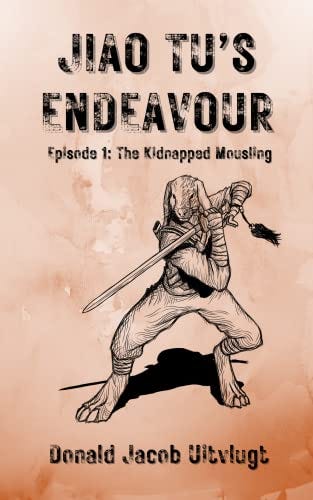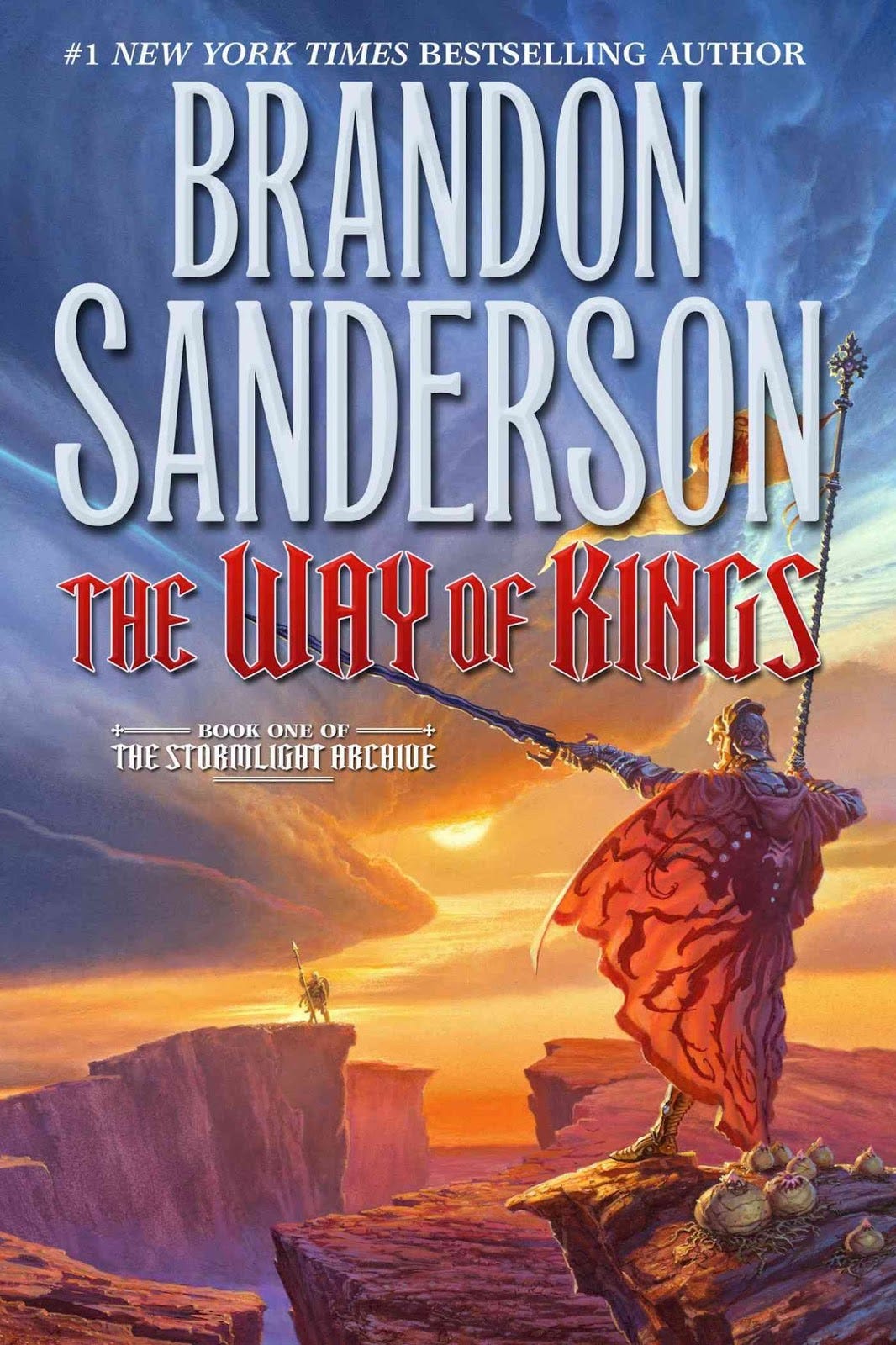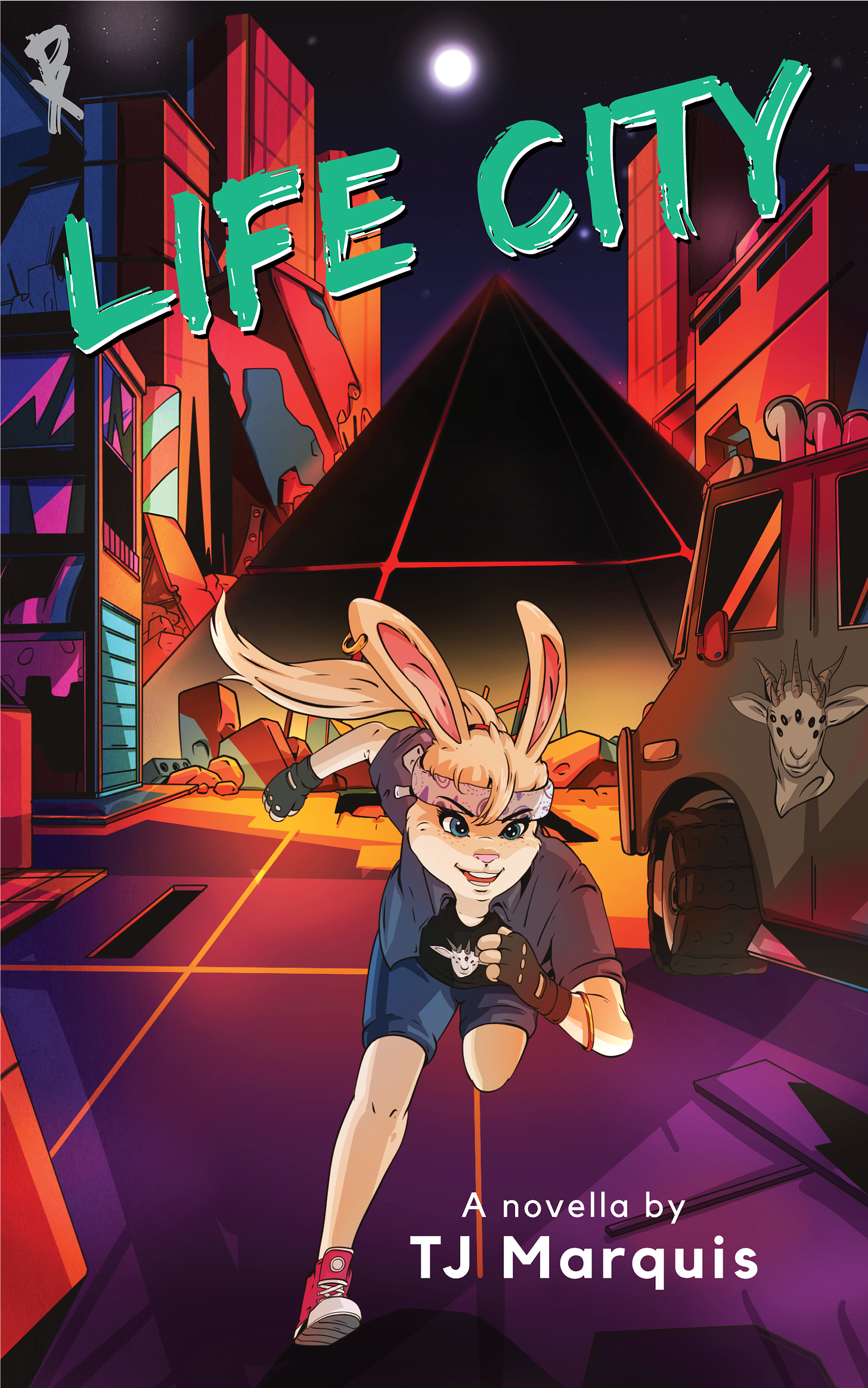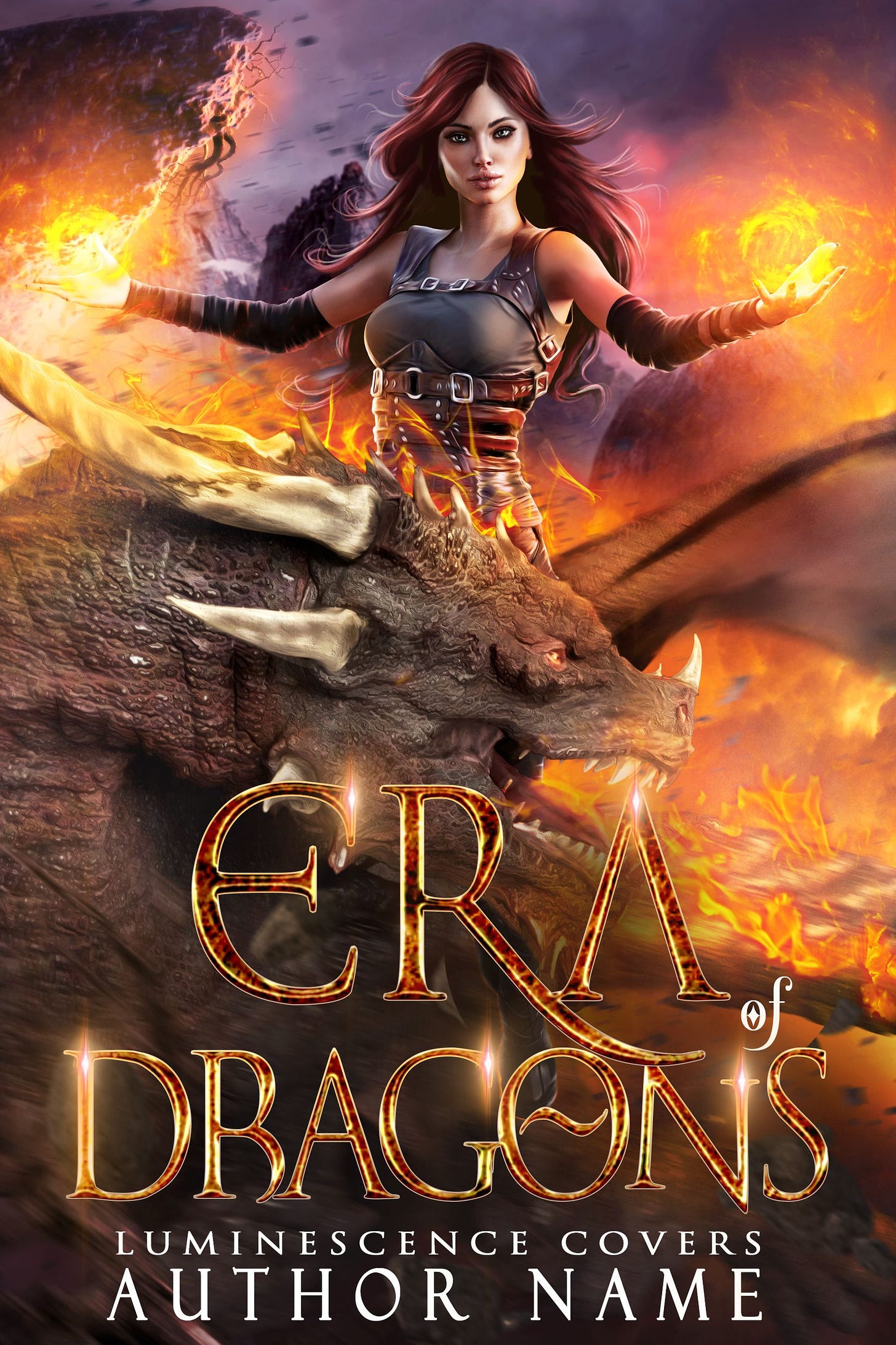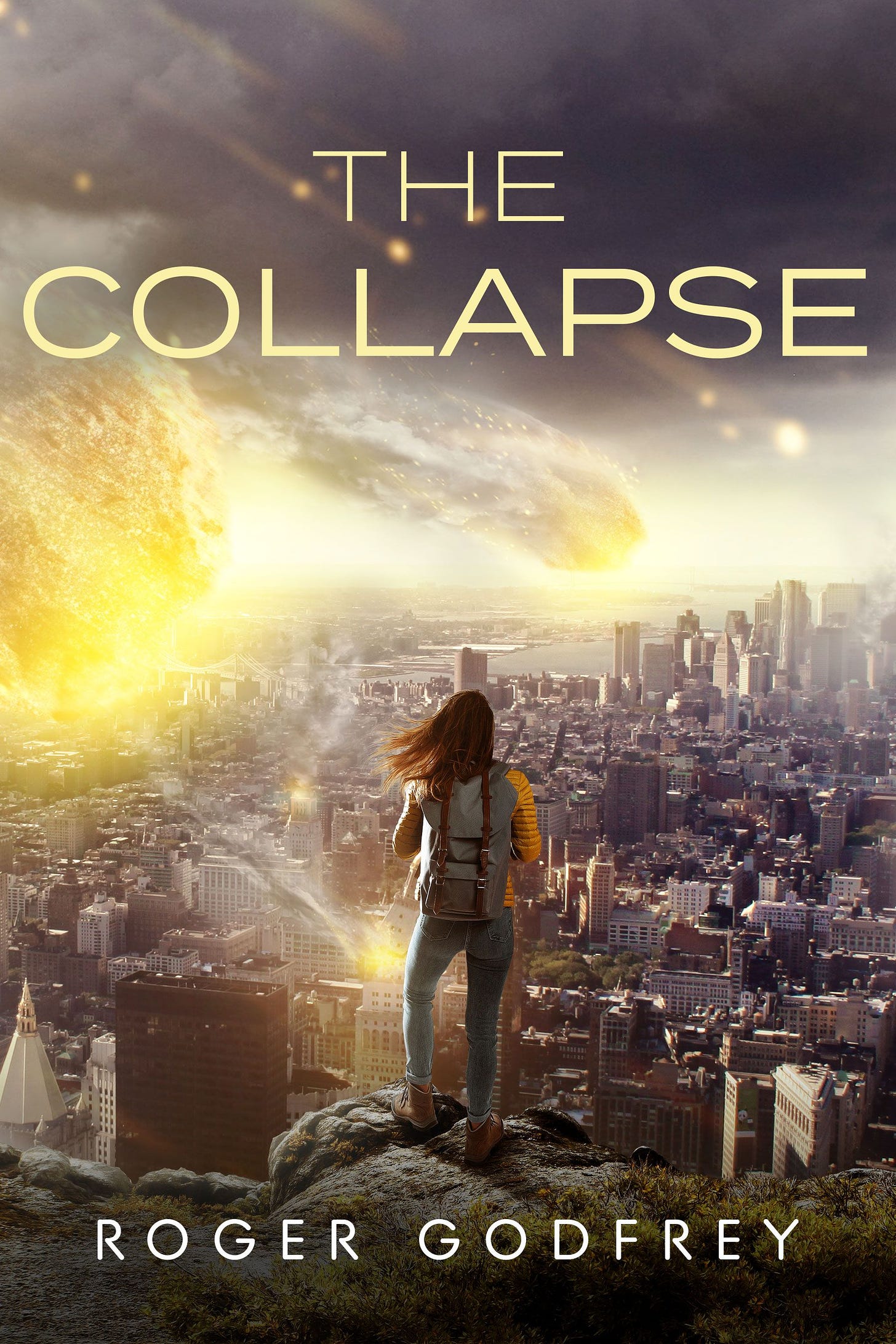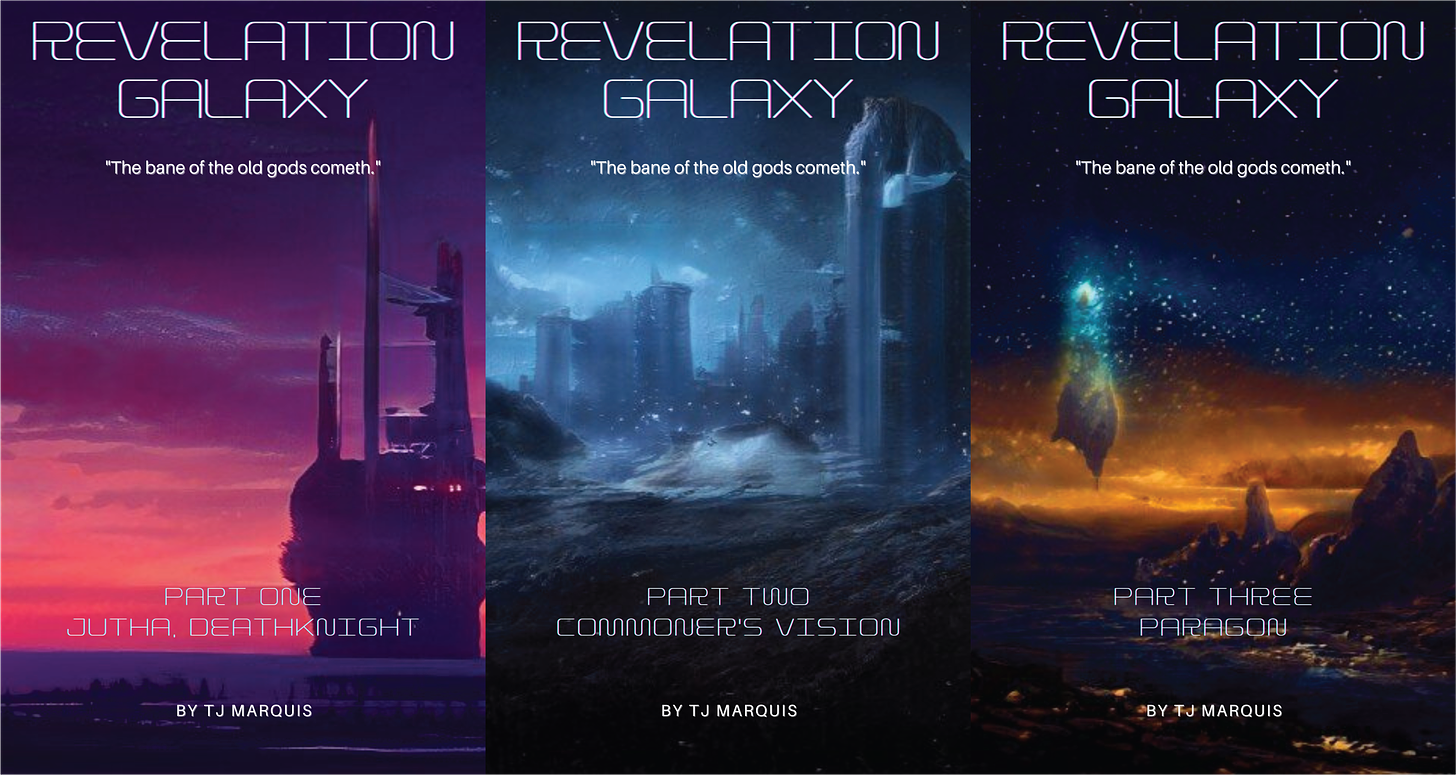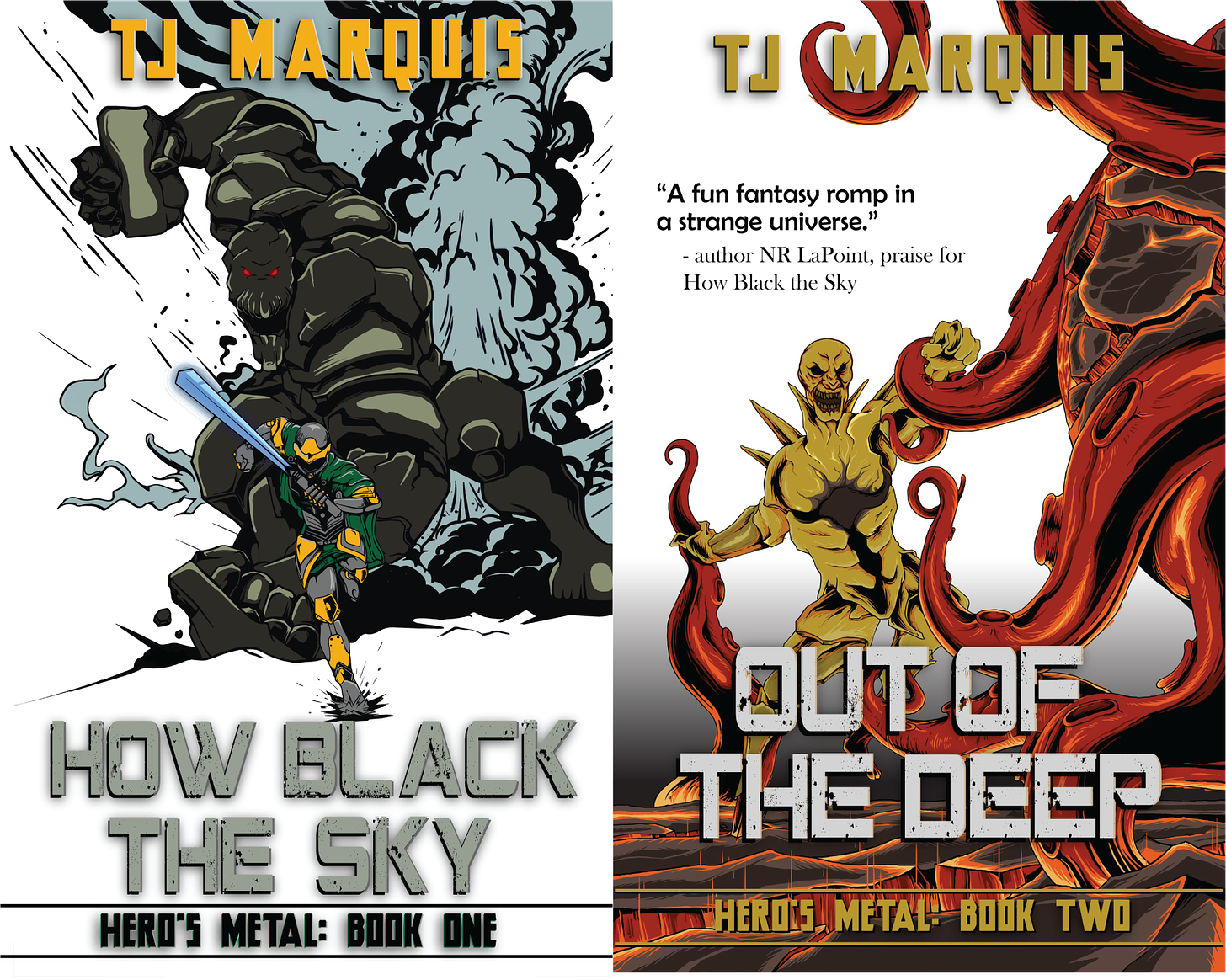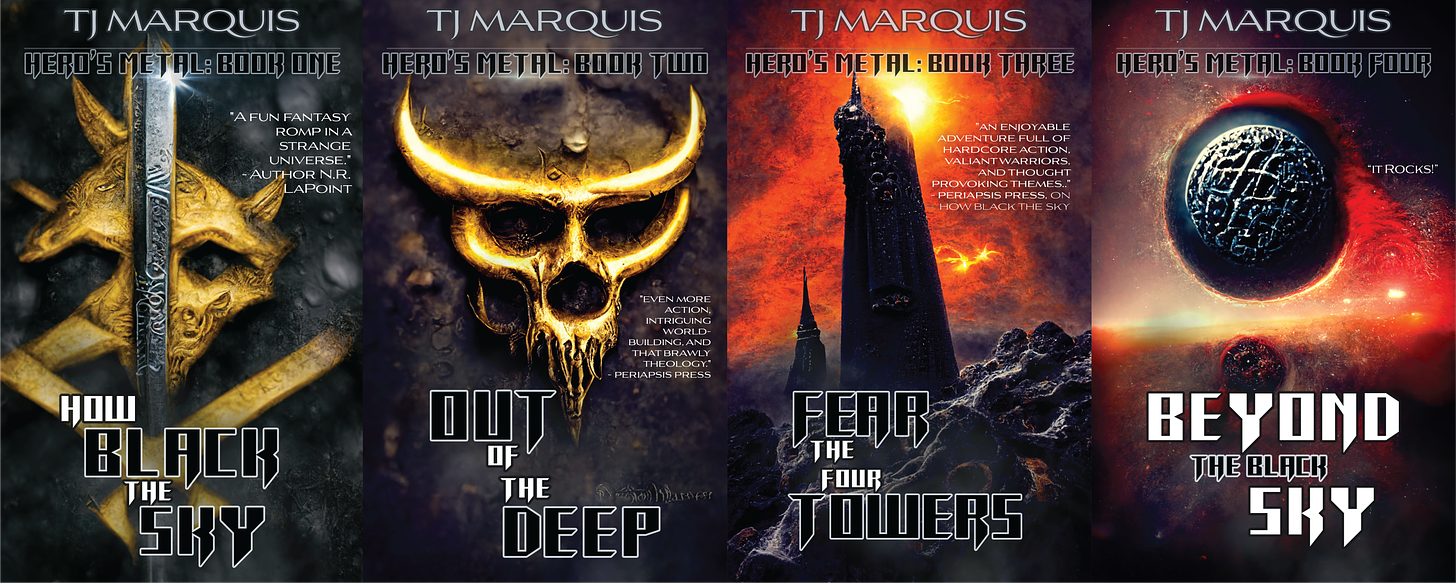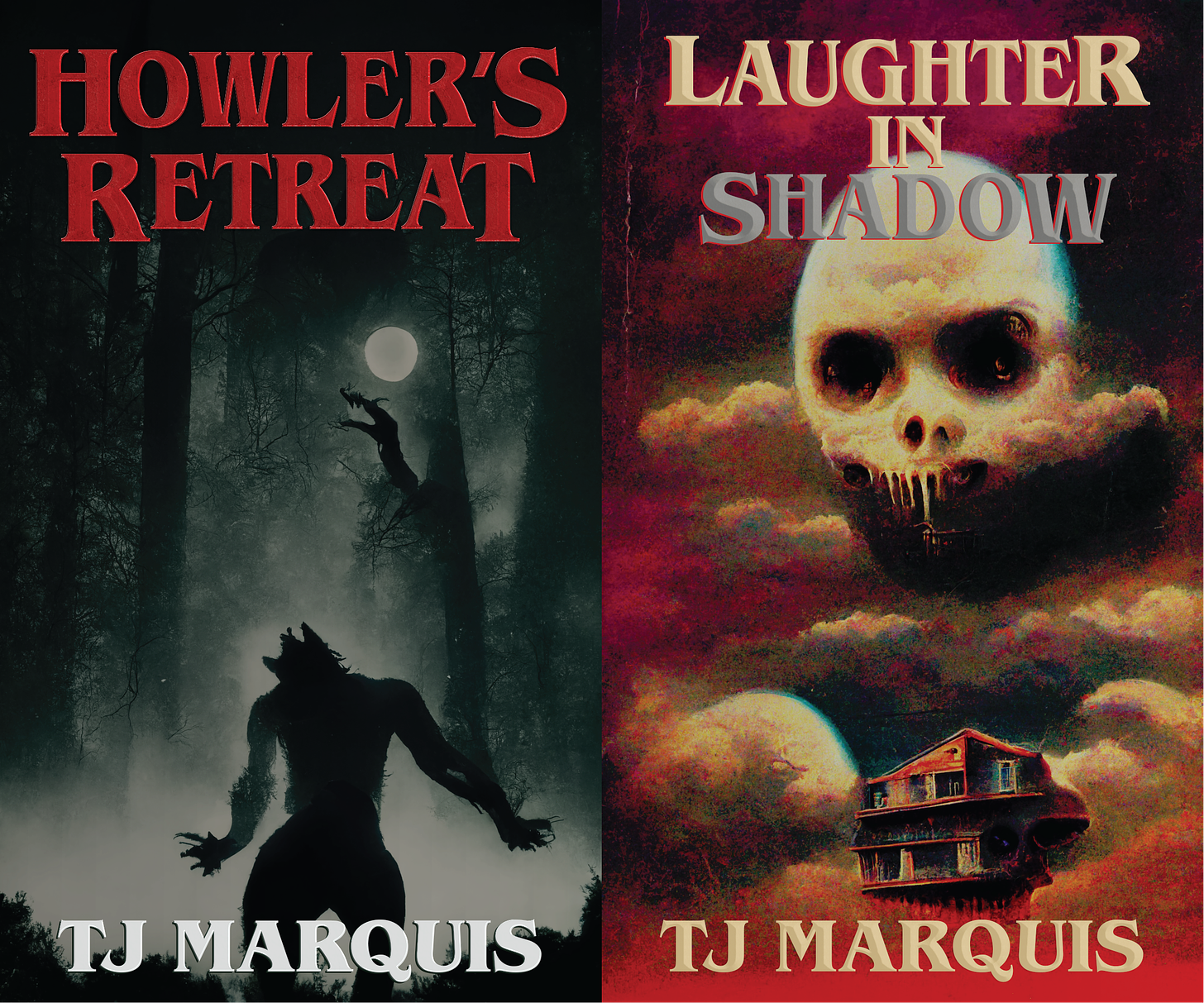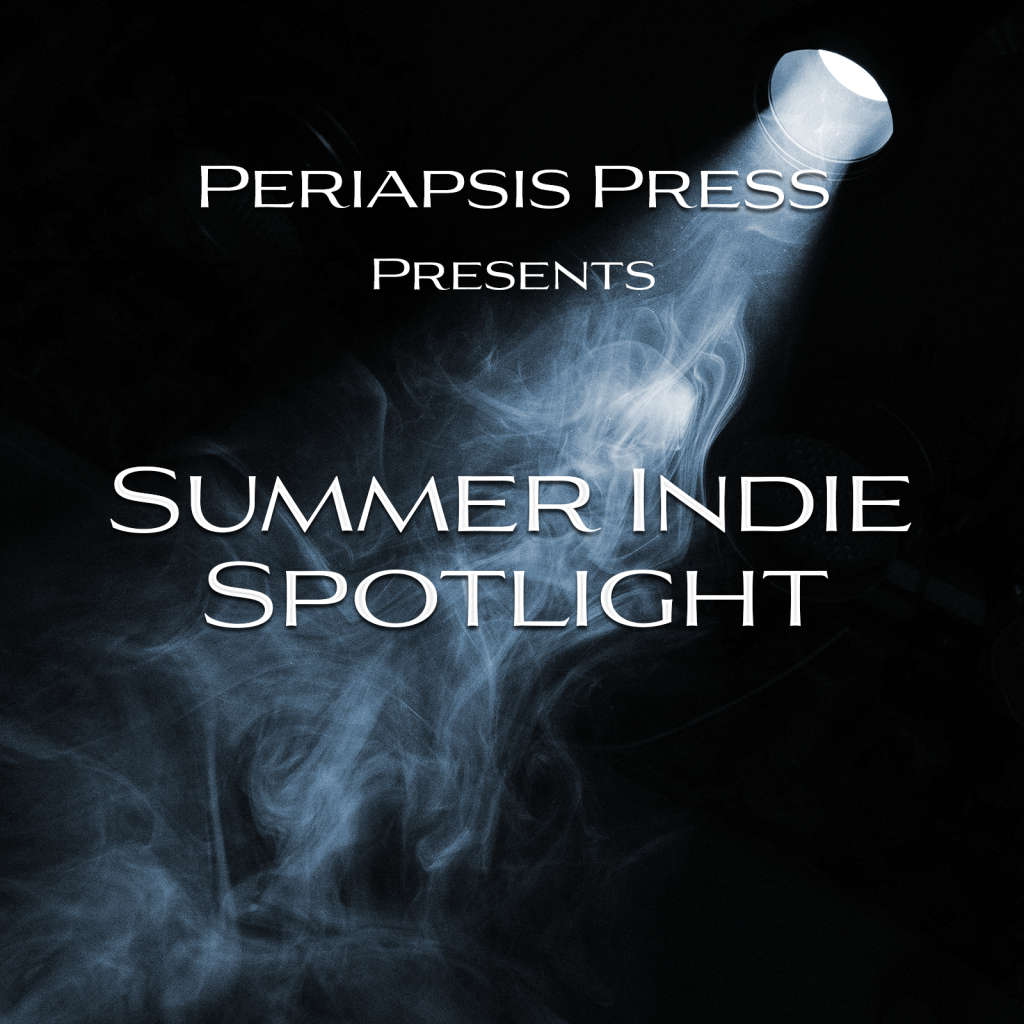The blurb:
On a multigenerational colony ship five hundred years off course, a lagomorph warrior must survive using only his wits and his sword.
Jiao Tu has been hired to rescue a young kidnapped mousling. A tip leads him to the Below, home to the engines that keep the world in motion. His mission has hardly begun when an encounter with a monstrous being plunges him into the midst of a struggle not only for control of the Below but for the world itself.
Teamed with an untested ratling warrior and the ratling leader of a gang of thugs, Jiao Tu must stop the monster and save the mousling—and the world—before it is too late.
Drawing inspiration from sources as diverse as Leigh Brackett’s planetary romances, Gene Wolfe’s Book of the Long Sun, Robert E. Howard’s Solomon Kane stories, Hideyuki Kikuchi’s Vampire Hunter D, Stan Sakai’s Usagi Yojimbo, and the wuxia tradition starting with Water Margins and Journey to the West, Uitvlugt has created a world all his own that promises a far-future adventure unlike any other.
The second entry in Periapsis Press’s Summer Indie Spotlight!
Donald Jacob Uitvlugt’s bodyguard bunny channels a lot of classic wandering hero/ronin energy into a setting that is intriguing, mysterious, full of danger and sometimes weird.
This is more than capable prose with great characters and action, in a fresh voice with an tinge of the old school.
Plot:
What a great example of a story whose plot is driven by the characters and factions, while still being tied to the fate of the world at large. It feels close and personal, and yet the threat of possibly world-changing danger looms. Are our heroes destined and able to affect the fate of their seedship, or is their mere survival the best we can hope for, as the world around them runs its course?
In part because Uitvlugt wrote this in bite-sized serial chunks, the pace is fast and the plot is tight enough to shut out the endless cold of space. It’s an effortless read that maintains depth while getting straight to the point.
Character:
Jiao Tu is an immediately likeable wandering hero. His martial competence is unquestionable, yet many situations can’t be solved with mere violence and so his honor, integrity and social skills come into play as well. I’m intrigued to learn more about his past, his relationship to the sentient sword Black Fang (collectible replica please?), and the history of the wayward colony ship that resulted in the creation of all these colorful characters.
The supporting cast is varied and everyone has their own believable motivations. No one is relegated to two dimensions or upstaged by their fellows. Everyone plays their own part.
Of particular interest is the relationship between Jiao Tu and Farrah going forward, connected as they are by some various mysteries.
Craft:
Again, excellent prose in a bit of a heightened voice that recalls classic hero tales without being archaic. Structure is on point and greatly benefitted from the serial mode, in my opinion.
Try as I might, I simply couldn’t think of the obligatory minor flaw to comment on. I suppose for my own tastes the inter-factional dramas are not the greatest points of interest, but they’re so entangled with the world-building - and I sense the series arc - that obviously it’s not something that could be changed. In other words this is a shining example of the kind of story it is.
Grab your copy today, comment on Periapsis Press’s review for a chance to win a print copy, and test your lagomorph mettle against the denizens of the Below!
